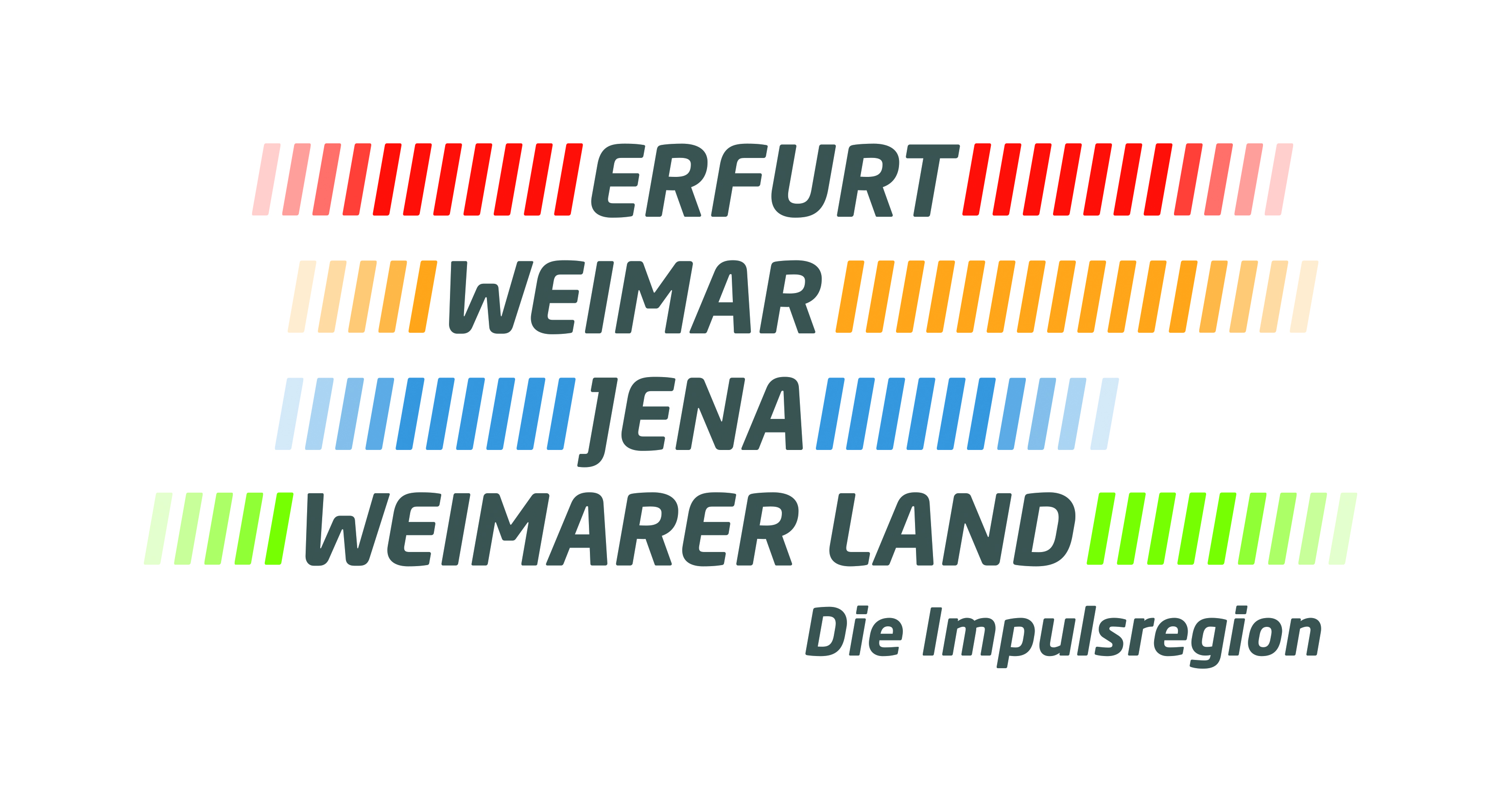Kunsthaus Apolda Avantgarde
The exhibition venue with international character in Weimarer Land
Since 1995, the Kunsthaus Apolda Avantgarde has been hosting exhibitions by international and regional artists, delighting visitors from all over the world. In the two-story villa built in 1872 in the Italian country house style, lectures, auctions, book readings, cinema screenings are also organized. In 2001, this commitment was honored with the cultural award of the Free State of Thuringia.
The high quality and variety of the presented exhibitions have contributed to the fact that since 1995 more than 600,000 visitors have found their way to the Kunsthaus Apolda Avantgarde.
The Kunsthaus is an ambassador for the Weimarer Land region and the feel-good city of Apolda, and is distinguished above all by its magnificent, often "courageous" exhibition projects. The villa's high ceilings and the quiet creaking of the stairs provide a charming contrast. We are not surprised that the house is known and loved outside Apolda.
With the exhibition "Marc Chagall. From Vitebsk to Paris", the Kunsthaus Apolda Avantgarde dedicates itself for the first time to the development of its pictorial language in the Parisian years, which is completed and concluded in these important late prints. His lithographic work is considered one of the most important of the 20th century. The technique of lithography accompanied Chagall's work for over 60 years. On display are 80 prints, including a large number of unique pieces and rare condition and test prints, which the Museum Pablo Picasso Münster is making available to the Kunsthaus as loans.
Rembrandt Harmensz van Rijn, (1606 - 1669) is one of the world's best-known artists. His graphic prints contributed significantly to his fame. Through a loose drawing style, a richly graded play of chiaroscuro, the use of a deep, velvety black, he achieved previously unimaginable painterly effects. His graphic work is characterized by an incredibly free approach to the art of etching as well as by its variety of topics. In contrast to copperplate engraving, Rembrandt did not use etching to repeat the compositions he had found for paintings, but it is for him a means of artistic expression in its own right – which has been varied many times.
Information for Guests
Bath Facilitys
Information of the Museum
Information of Architecture
In the mountain
Treatments and indications
Mobility Offers
Sauna facilitys
Ensemble
Offers and service
Area
Congress facilitys
Distances
Verkehr
Accessibility


